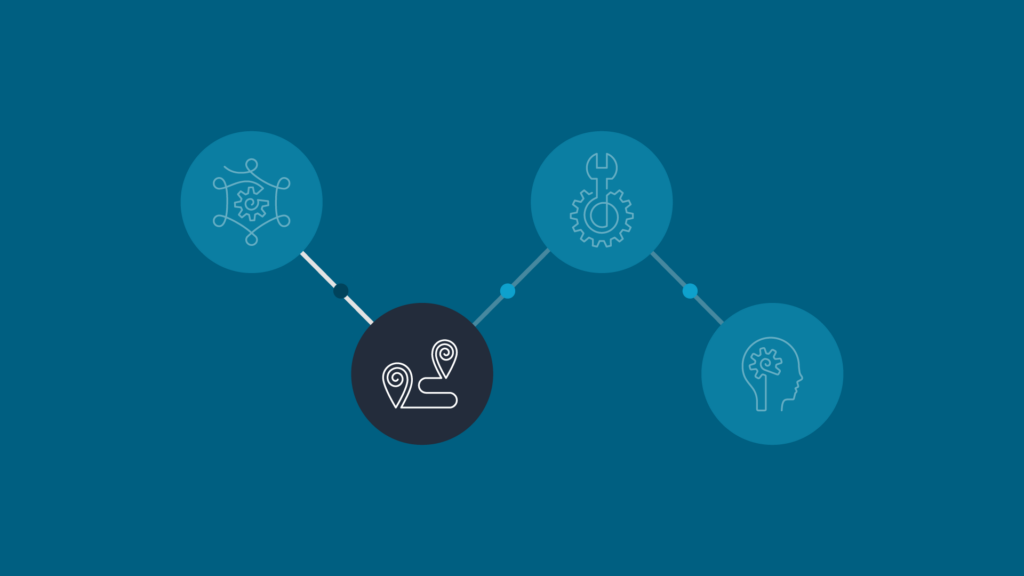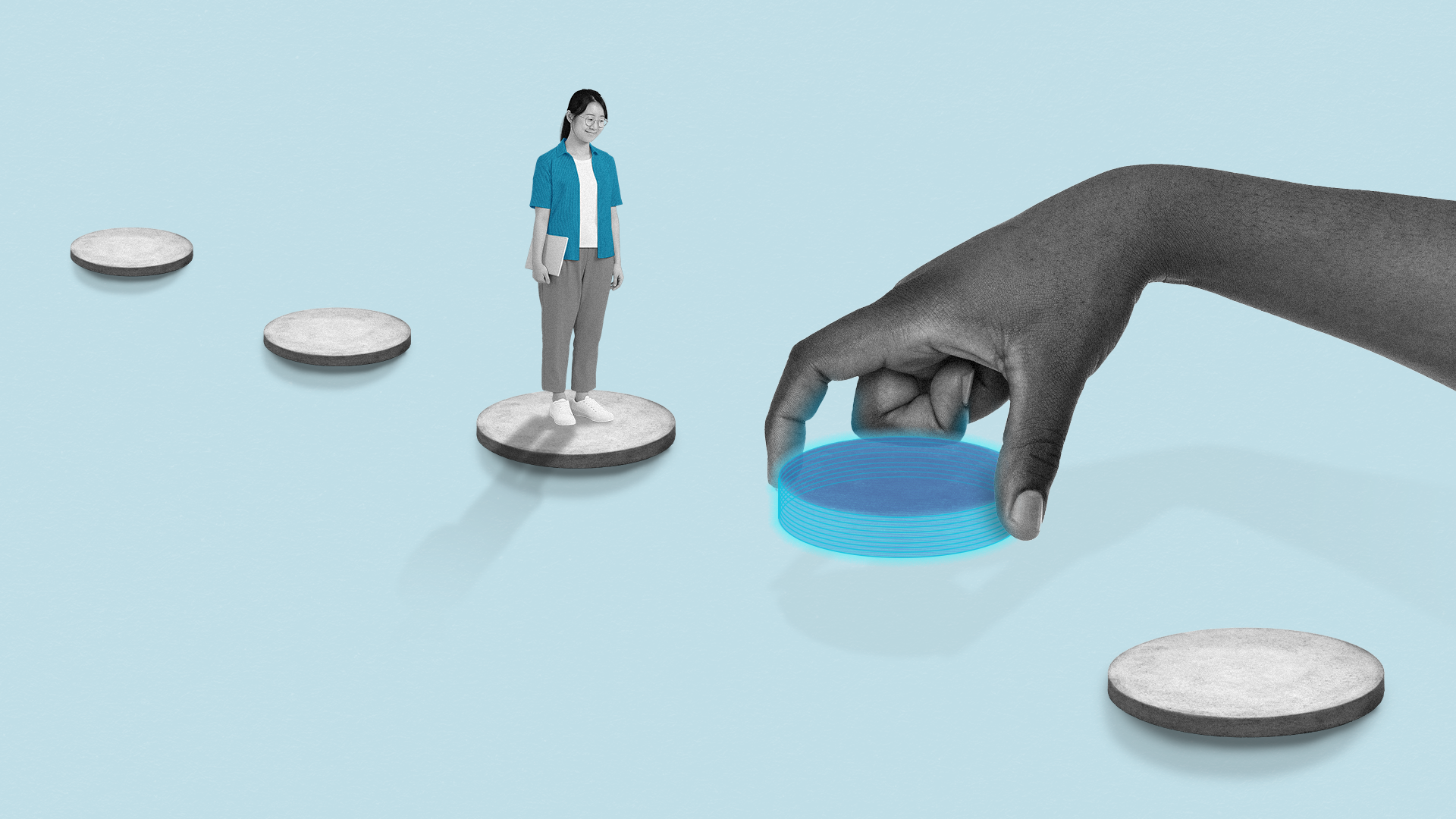- Video 1: Introduction to Our Five-Part Video Series
- Video 2: Using Student Experience to Drive Tech Decisions
- Video 3: Three Smart Ways to Improve Tech in Higher Ed Without Overhauling Your Infrastructure
- Video 4: How AI Can Transform Higher Education by Putting People First
- Video 5: How Incremental Change Will Revolutionize Higher Education
For leaders in higher education, upgrading tech infrastructure can seem like a daunting, expensive process. But according to Regina Law, big changes don’t always mean tearing down and rebuilding from scratch. Instead, small, strategic improvements can go a long way toward enhancing the student experience and making universities more efficient. Here are three key areas to focus on when looking to elevate tech on campus without a complete overhaul.
Watch Video 3: Improving Your Tech Without Overhauling Your InfrastructureRegina Law is the Vice President of Partnership Development, Technology at Noodle with a unique background. Coming from higher education and strategic planning rather than programming, she understands firsthand the specific needs and challenges faced by universities.
1. Align Your Technology with University Goals
When it comes to aligning tech with goals, Regina’s advice is simple: make sure the technology you have works to achieve what matters most to your institution. For instance, consider how easy it is for prospective students to navigate the enrollment process. For non-degree or lifelong learning programs, students should be able to browse, buy, and begin their course with minimal hassle. For degree programs, focus on providing clear, accessible information to help prospective students apply.
This isn’t about creating complex features—it’s about removing obstacles. Start by putting yourself in a student’s shoes and navigating your website, especially on mobile. Is the “apply” button easy to find? Do students have to sift through long program descriptions before they get to the enrollment steps? By focusing on a smooth, straightforward experience, universities make it easier for students to engage, connect, and take action.
2. Use Data to See the Big Picture of Student Journeys
Universities sit on mountains of valuable data, but often struggle to make sense of it across departments. Regina suggests centralizing this data in a “data lake,” where information from marketing, admissions, academics, and support can come together to offer a complete view of each student’s journey. With a holistic look at data, marketing teams can determine which outreach efforts actually lead to enrollments, and support staff can identify students who may be struggling before they fall too far behind.
By looking at data as an integrated story rather than isolated snapshots, universities can make smarter decisions that improve student success and retention.
3. Use AI to Support, Not Replace, Human Connection
While AI often gets a lot of hype, Regina stresses that it’s not about replacing human interaction. Instead, AI should be used to help streamline repetitive tasks and make human interactions even more meaningful. For instance, AI-driven chatbots can handle common questions and set up calls with enrollment advisors for more detailed inquiries. And when the advisor has a summary of the student’s past interactions before they even start the conversation, they’re able to offer a more personalized, informed experience.
Think about how powerful it feels to be greeted by name and offered your favorite coffee order—that’s the kind of tailored experience AI can help create. The goal isn’t to remove people from the process; it’s to make sure that when students do connect with university staff, it feels personal and productive.
Small Steps, Big Wins
Whether it’s simplifying the enrollment journey, leveraging data to support students, or using AI to enhance rather than replace human interactions, these areas offer a range of small, manageable improvements that can make a big impact. Regina’s message to university leaders is clear: you don’t need to overhaul your entire infrastructure to see significant changes.
By focusing on these three areas, higher ed institutions can keep pace with tech advances in a way that feels manageable, student-centered, and aligned with their strategic goals. Incremental improvements lead to big results, transforming technology into a supportive force that helps students succeed and drives the university toward a more connected, innovative future.



